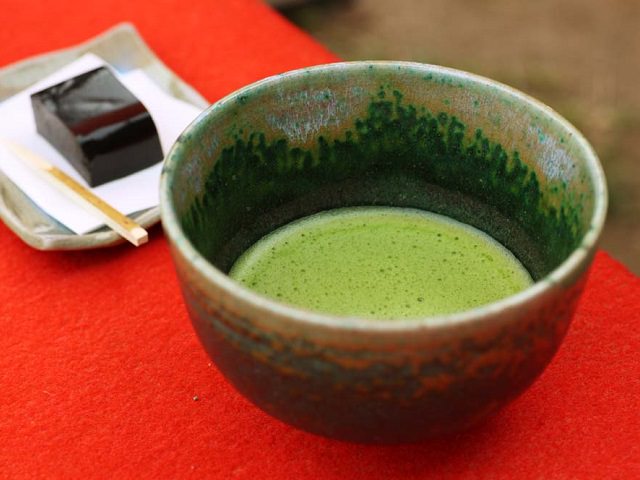-
- USA/Canada 1-800-285-2726
- Australia (02) 8006 4411

The tea ceremony (sado: "the way of the tea") is the traditional way of preparing and drinking tea. The custom has been strongly influenced by Zen Buddhism and is believed to have begun since the 9th Century.
Nowadays, the tea ceremony is a relatively popular hobby in Japan. Many Japanese who are interested in their own culture take tea ceremony and ikebana (flower arranging) lessons. Tea ceremonies are held in traditional Japanese rooms in cultural community centers, private houses, or in tea-houses. The ceremony itself consists of many rituals that have to be learned by heart. Each motion in the tea ceremony hold significance and must be followed in the proper order. Basically, the tea is first prepared by the host, then enjoyed by guests. The tea is a bitter matcha green tea made of powdered tea leaves. There may be some sweets with the ceremony, depending on the level of formality. There are two types of ceremonies, the informal chakai and the formal chaji. Both vary in complexity and mannerisms, but still use matcha. There's also the senchado ceremony which uses tea leaves instead of powdered tea.
As a standard on all of our Cherry Blossom Japan Tours & Highlights Japan Tour Packages, you can enjoy this quintessential Japanese tradition in Kyoto. We can also customize a Japan tour for you to include a day at a traditional Japanese garden to enjoy a tea ceremony in a relaxing atmosphere.
Composed of a Museum, Tea House and Garden
Chabana is the term used for the arrangement of flowers in a Japanese tea ceremony.
Similar to Mochi, Favorite snack in Japan - Mitarashi, Anko
Sweet red bean paste dessert in jelly form
tea ceremony with massive cups
Pick Fresh Green Tea Leaves in Traditional Clothing
The garden is filled with many of historical artifacts collected across Japan.
Japanese traditional garden with a pond and rock garden